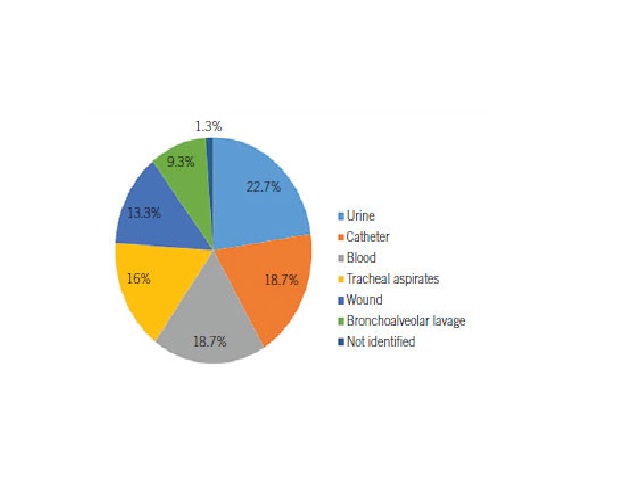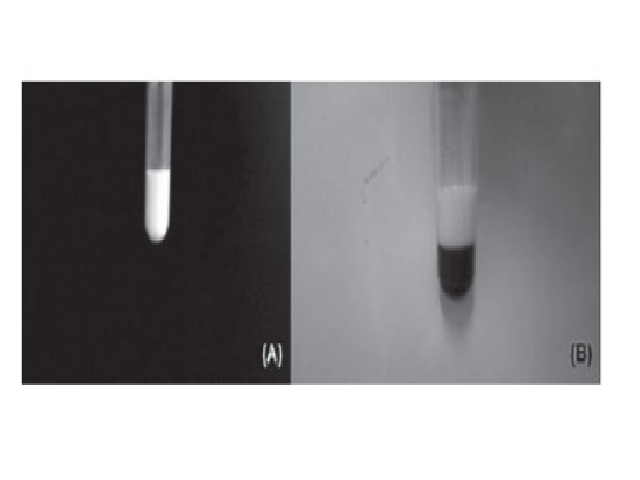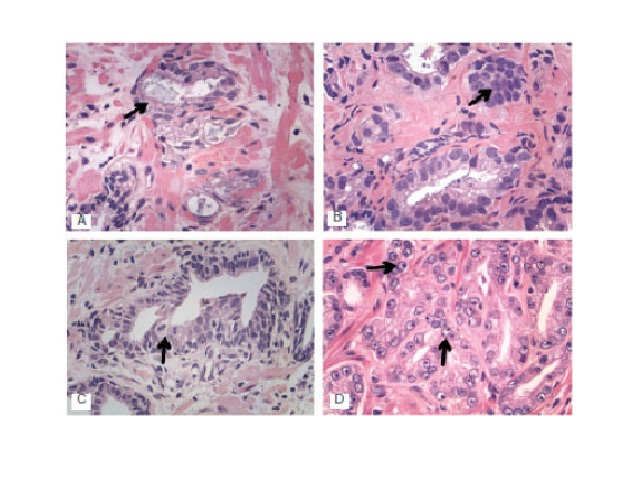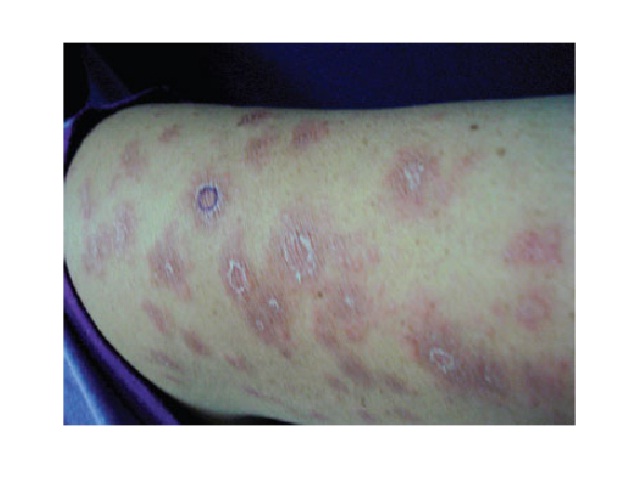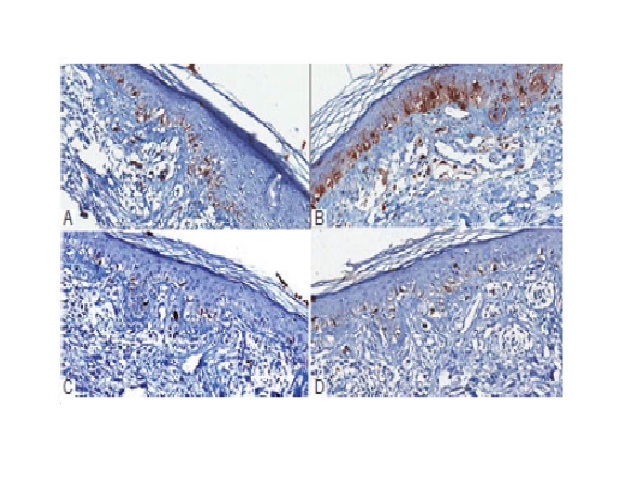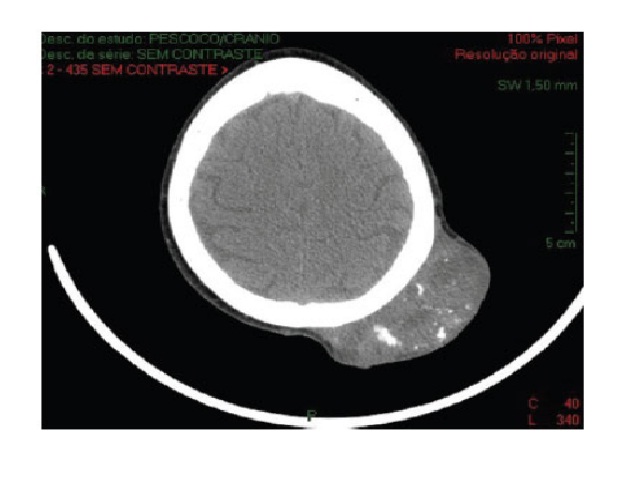Analysis of the pre-analytical phase in a private pathology laboratory of Maringá city-PR, Brazil
Cristiane F. Oliveira; Talma R. L. FernandesJ. Bras. Patol. Med. Lab. 2016;52(2):78-83DOI: 10.5935/1676-2444.20160016 ABSTRACT INTRODUCTION: The pre-analytical phase involves most of the errors of clinical analysis laboratories. Information characterizing the occurrence of these errors can be useful to provide prevention and reduction strategies.OBJECTIVE: The aim of this study was to identify the main errors in the pre-analytical […]



